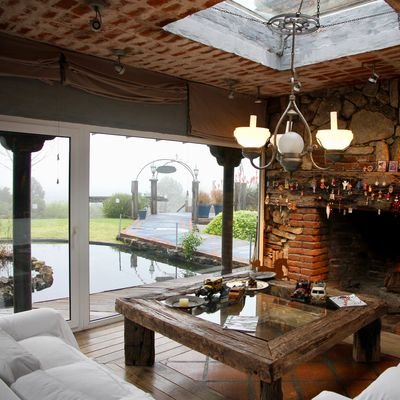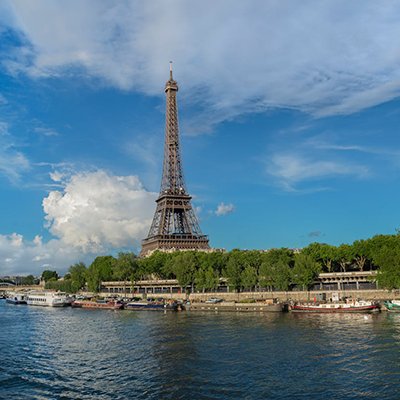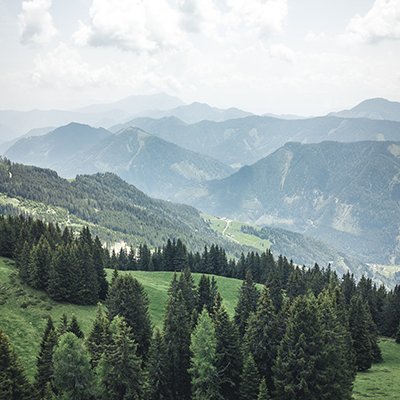Sri Lanka is known for many things: tea, egg hoppers, banana fritters smothered in honey, the local head waggle, cricket, elephants, endless beautiful beaches, and where Egyptians discovered cinnamon in roughly 2000 BC. Often referred to as the 'teardrop' of India, this spicy and exotic island has many ancient sites to boggle your mind, even if you are not a history buff.
Buduruwagala Temple
'The Rock of Buddhist Sculptures,' as Buduruwagala Temple is also known, is an incredible sight of giant ancient statues that testify to the devotion of Sri Lanka's religious beliefs. Many tours will not take visitors here, as it's a total diversion from the usual tourist track along a remote road with more bumps than roadway through a swampy lake where egrets and herons play outside of Wellawaya. But, it is a haunt of the locals who come here to hold ceremonies or to pray, as well as pilgrims on a mission. Similar stone-carved statues have only been found in one other country, Afghanistan. Unfortunately, they have been abandoned to age and time, falling into disrepair.
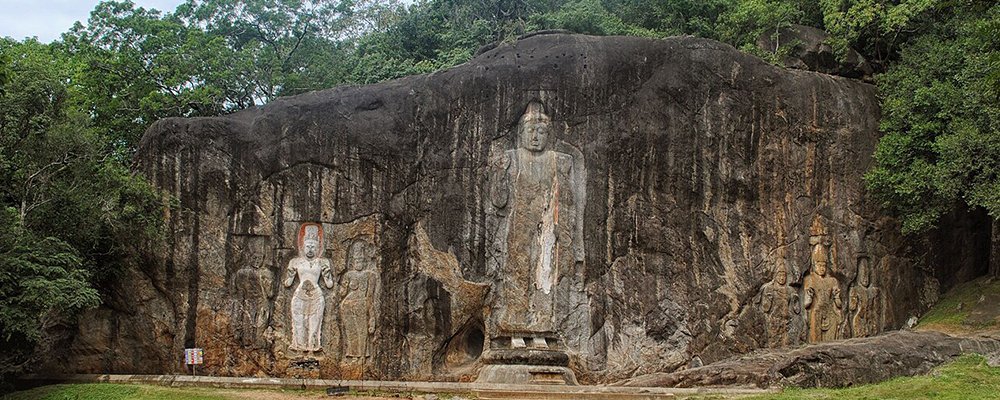
The name 'Buduruwagala' is believed to date back to the 10th Century and is derived from the words: 'Buda' is Buddha, 'ruva’ translates to images, and ‘gala’ is stone. Sri Lanka is associated with Theravada Buddhism, but these statues are a unique glimpse into the country’s historical association with Mahayana Buddhism, as these rare statues are Bodhisattva figures.
You have to crane your neck to look into the face of the tallest statue, standing 15 meters tall. The line-up of colossal figures is an awe-inspiring sight, representing legendary figures shrouded in myths and symbolism of Mahayana Buddhism.
Sigiriya Rock
Majestically dominating the landscape, the ancient fortress of Sigiriya sits in the northern Matale District outside the city of Dambulla. This 'rock with the ruins of a palace at the top' that you must climb in Sri Lanka is an adventure not to miss out on. Often known as 'Lion Rock' because of the lion's feet carved into the base of the hewn stairway, it was created in the 5th Century AD by King Kashyapa. Sigiriya is the oldest remaining palace in Sri Lanka and a UNESCO site.

Climbing Sigiriya is a workout of extreme proportions, physically and with a healthy dose of patience, especially if it's a public holiday in Sri Lanka. Locals frequently picnic at its feet amidst the beautifully manicured grounds or worship this relic of their past by climbing in family clans to the top. Older people, at times, take unscheduled stops in the middle of the stairs to sit and wipe their perspiration and a quick drink from a bottle of water. Children as young as two are carried or, in some cases, dragged up the stairs. It's a marching human migration to reach the summit.
There is a long walk through the grounds before even arriving at what appears to be an old staircase to the heavens, secured to the side of the mountain. The walls of this tiny walkway are splattered with incredible ancient painted murals. You will have to face your fear of heights if you have acrophobia, as the stairs vary from wide manmade steps cut into the rock, which include scrambling under or over naturally formed archways, to a circular cage of slim steel footholds. Then come signs to be quiet whilst passing the wasps' nests that have been there for centuries. This was a defense mechanism to ward off intruders, and the nests are still there today. There is no one way up and one way down, so people constantly go in both directions simultaneously. Upon nearing the top, the welcome cooling breeze becomes an unnerving shaking of the staircase in the wind.
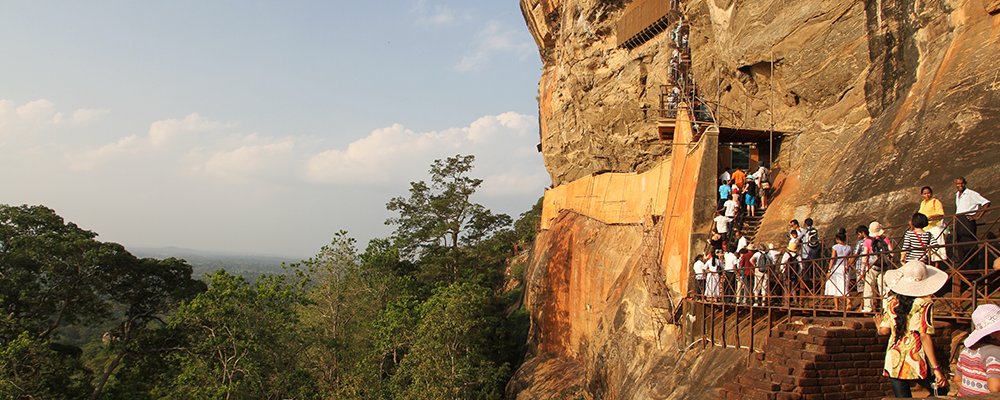
Upon reaching what appears like an eagle’s nest in the sky, often with a long sigh of relief, the views captivate you as you scramble amidst the ruins of decrepit rock foundations that were once the palace's walls. The silence is palpable, and a great sense of awe is tangible at the sense of man's ingenuity.
Anuradhapura
A revered Buddhist pilgrimage site, the Sacred City of Anuradhapura was once the capital city of the Sinhalese dynasty. This is the birthplace of Sri Lanka's Buddhist beliefs as it's believed that thousands of years ago, an Indian Buddhist monk sailed across the ocean carrying Buddhist scriptures, which began the spread of the religion in Sri Lanka. A UNESCO site, Anuradhapura is referred to as the capital of Sri Lanka's Buddhist way of life. Twenty-three centuries later, it's a sprawl of architectural wonders in an ancient urban expanse of excavated temples, shrines, museums, and baths surrounded by a sea of rice paddies that take your breath away.
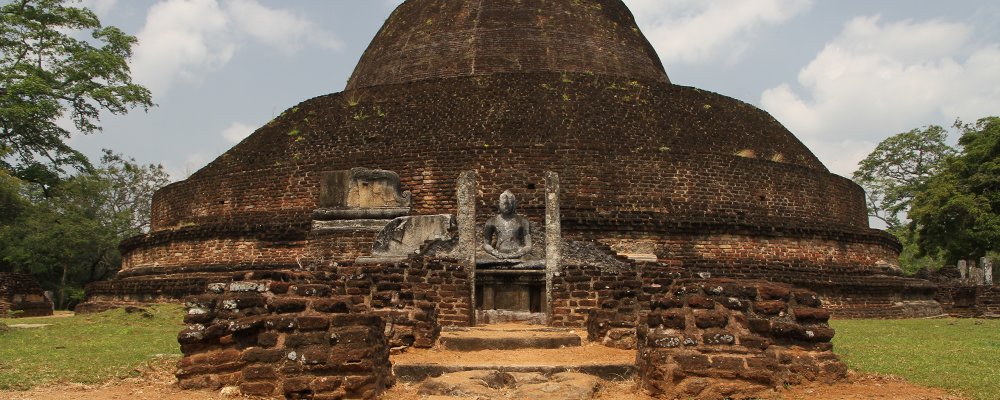
Under the burning sun, it's possible to explore the magnificent site of which four big pagodas dominate the incredible scene, while under the branches of the ancient Bodhi tree, believed to be 2000 years old, there's a shady contemplative space where quite often a monk resplendent in orange robes will be reclining. This magical vision is believed to be the world's oldest human-planted tree, planted in 288 BC. Believers have given it the name of 'Sri Maha Bodhiya,' and Buddhists believe that its mother tree was the one under which Lord Buddha achieved enlightenment while meditating.
The capital of Sri Lanka for 12 centuries, Anuradhapura was one of the world's most advanced ancient cities of its era. Meticulous preservation techniques have brought much of the city's ruins back to life. The white dome of the Ruwanwelisaya Dagoba, once one the world's tallest buildings, glares under the fierce sunlight during the day. Walking around this wonder must be done clockwise as the belief is that Buddha will only bless you on your right arm. Locals clothed in white robes often frequent this sacred enclave for festivals and ceremonies on the Buddhist calendar, as it's a sacred place of worship.
Polonnaruwa, The Mediaeval Kingdom
Sri Lanka’s second ancient capital, after the destruction of Anuradhapura in 993, Polonnaruwa, is revered as one of the best-preserved historic cities in the world. Only 140km from Kandy, it's a world of treasures that can be explored on foot or by bicycle if the fancy takes you. Once the commercial and religious heart of Sri Lanka, it was dominated by the Chola and then the Sinhalese kingdoms for three centuries. During the early 13th Century, the city became a shadow of its former self, having been bankrupted by King Nisanka Malla and eventually abandoned.
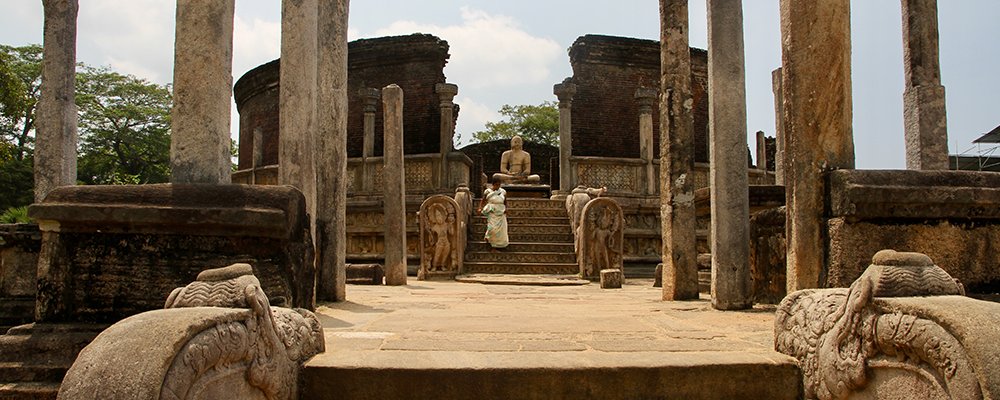
An archaeological fantasyland, it's ruins, ruins, and yet more ruins that give glimpses into another era. While Anuradhapura has a lively air, Polonnaruwa is a beautiful museum of crumbling ruins where one can imagine the ghosts of long past still flitting amidst the decay. A UNESCO site of incredible value to Hindu and Buddhist followers, it's a peek at impressive remnants of monuments, palaces, gardens, stupas, monasteries, and ethereal carvings.
Gail Palethorpe, a self proclaimed Australian gypsy, is a freelance writer, photographer and eternal traveller. Check out her website Gail Palethorpe Photography and her Shutterstock profile.



